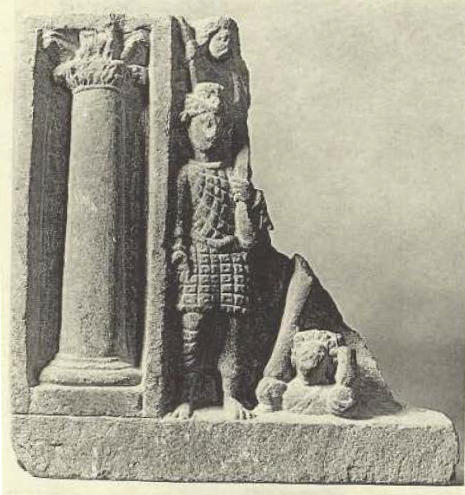
Create an Amazon Business Account
The Great Departure.
Lahore Museum.



Fig. 7 The Great Departure
Source: "Weapons, Tools and Implements as depicted in Gandhara Art" by Toqeer Ahmad Warraich in Pakistan Heritage Volume 6 (2014)
Referenced as figure 74 in The military technology of classical Islam by D Nicolle
74. Relief, The Host of Mara, 3rd to 5th centuries AD (?), post-Ghandaran, Lahore Museum.
p.168: Of course, lighter, non-metallic armours were worn and the more limited protection that they gave was either accepted or improved by the wearing of additional defences. Quilted armour, for example, gave protection against the impact of a blow, but helped little against penetration by a sharp object (Figs. 44, 61B, 67, 72, 74, 75, 165, 187, 194, 207, 233, 249, 271, 292, 320, 320, 350, 392, 445, 447, 450, 453, 499, 517, 575, 580C-D, 587 and 596). Hence one tended to find quilted armours, such as the bughlutāq and khaftān being used in conjunction with scale, mail or lamellar in Islam, Byzantium and western Europe.